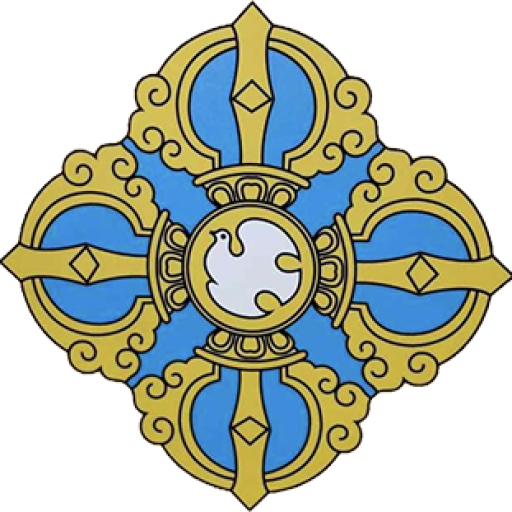CTA & ABCP National Center
Home - CTA & ABCP National Center
HISTORY OF THE CENTER
Present Activities and Programs
The Department of Religion and Culture was established under the executive organ of Central Tibetan Administration whose function is to oversee religious and cultural affairs in Tibetan exile community. It has responsibility of supervising works aimed at reviving, preserving, and promotion of Tibetan religious and cultural heritages that is being led to the verge of extinction in Tibet. It began its operation in exile communityas Council for Religious Affairs office on April 27, 1959, established by His Holiness the 14th Dalai Lama and his government in Mussorrie, Uttrakhand. On 30 May 1960, the Council for Religious Affairs shifted its office to Dharamshala in Himachal Pradesh state and on 12 September 1960 it became one of the five main departments initially when His Holiness the Dalai Lama formally established the Tibetan Government-in-Exile which is also known as the Central Tibetan Administration (CTA).
It is now one of the seven major departments of CTA and a Kalon (Minister) heads this office. There have been 14 Kalons, who have held the portfolio for varying tenure. The seventeenth was Kalon Karma Gelek Yuthok, who took office on 1 June 2016 until 204 after the Tibetan Parliament in Exile approve this appointment. The current Kalon is Mr. Penpa Tsering, who is concurrently the President of the CTA National Center for ABCP. Currently, there are 292 monasteries and nunneries under this department, i.e. 256 monasteries and 36 nunneries, and there are five cultural institutions, as of now.
In addition to above said monastic institutions, several non-monastic cultural centers like Tibetan Institute of Performing Arts, Tibet House, the Library of Tibetan Works and Archives, the Central Institute for Higher Tibetan Studies, the Norbulingkha Institute, and Manjushree center of Tibetan culture which are working on preservation of Tibetan religious and cultural heritages fall under the purview of the Department of Religion and Culture.
The Department of Religion and Culture has initiated a student exchange program with those countries under Russia who has historical connection with Tibet on Religious and Culture. The program has initiated with three monk students from Buryat in Russia officially enrolled the Institute of Tibetan Buddhist Dialect in the year around 1989 to study the Tibetan Buddhist Philosophy for the tenure of 3 years.
Gradually, the number of students increased from Mongolia and Russia. The program not only offered to study Buddhist Philosophy, students were also being enrolled at Tibetan Medical & Astro. Institute through reserve seats to study the system of Tibetan Medicine & Astro-Science in Dharamsala. The study course of Tibetan Medicine & Astrology is for 5 years and 15 years course of study in monastery.
The ultimate objective of this program was to revive and promote Buddhism in countries like Mongolia, Tuva, Kalmykia and Buryat who were historically Buddhist countries. After completion of their studies, monk students have to return to their respective countries to continue the practices of Buddhist teachings, Tibetan medicine and astrology.
At present, 150 students from Russian and Mongolian students are undergoing different level of Buddhist studies in monastery and other learning centers.
Contact Us
- Da Lama Kh.Byambajav, Secretary General of ABCP, Gandantegchenling Monastery, Ulaanbaatar-38, Mongolia 16040
- abcphqrs@gmail.com
- +976 11 360069, +976 99117415
- Mr. Burenbayar Chanrav, Senior Manager, ABCP, Gandantegchenling Monastery, Ulaanbaatar-38, Mongolia 16040
- cburenbayar@gmail.com
- +976-99101871
Newsletter
You can trust us. we only send promo offers,

